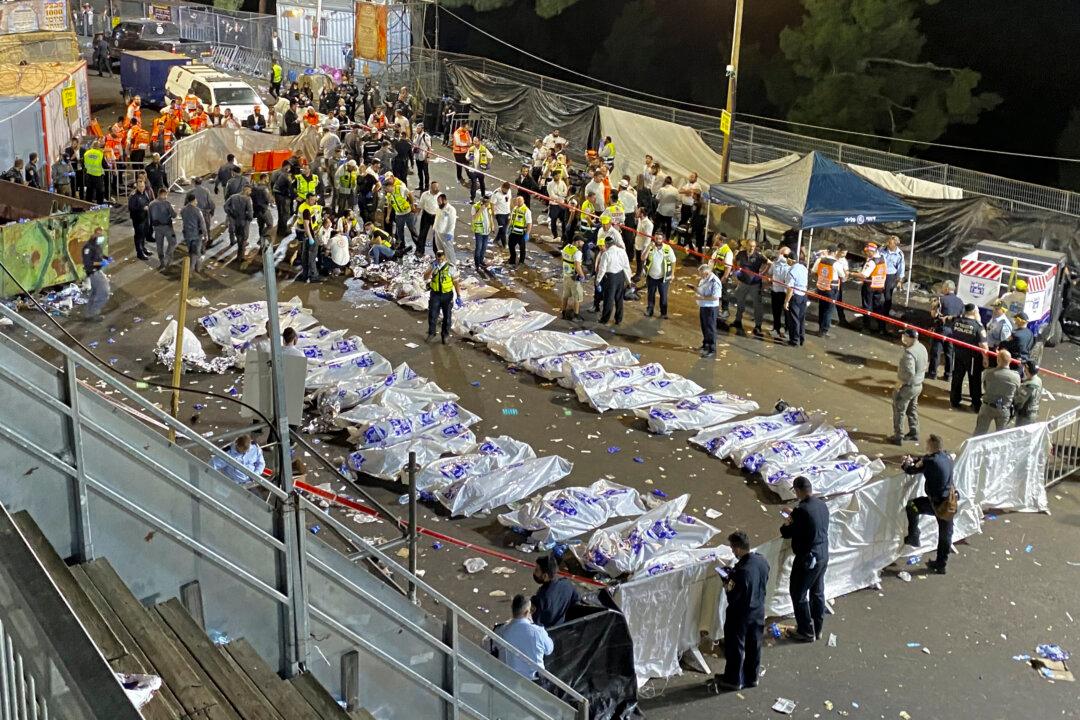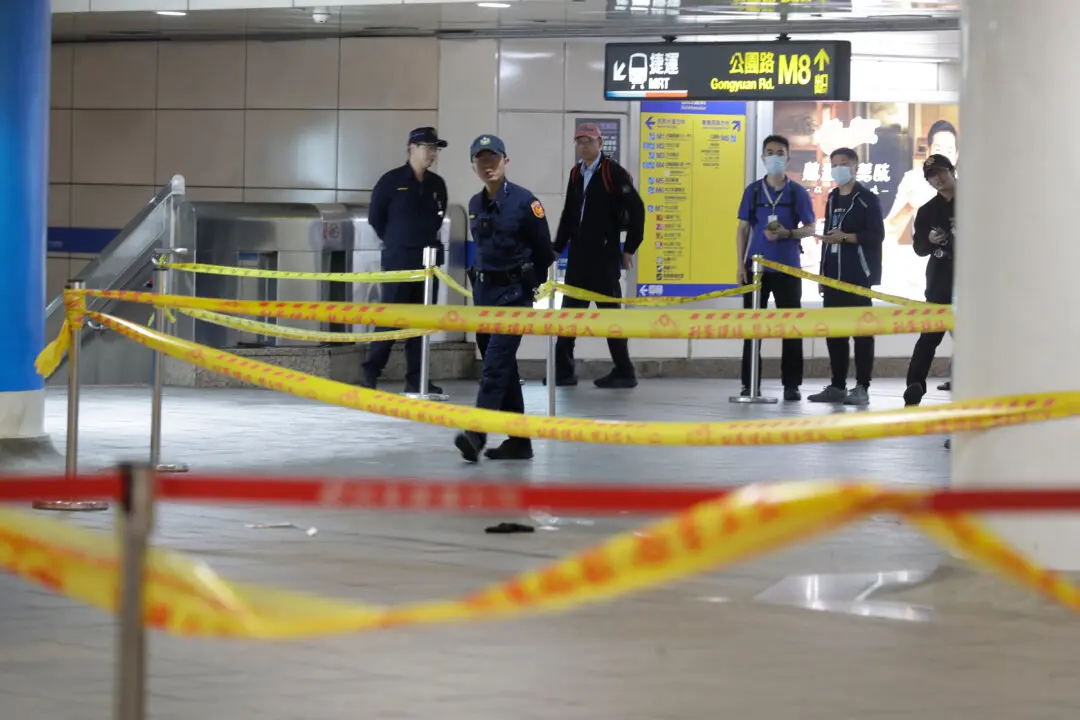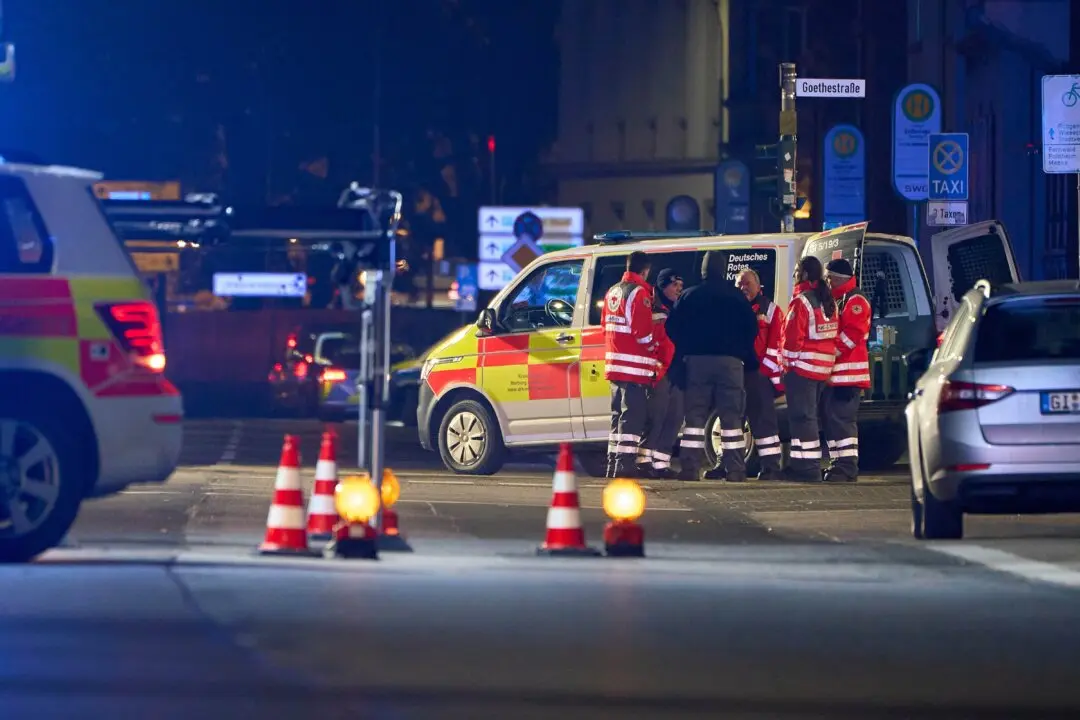JERUSALEM—An Israeli government commission investigating a deadly accident at a Jewish pilgrimage site in April held its first day of hearings Sunday, almost four months after the stampede at Mount Meron left 45 people dead.
The April 29 incident at the Jewish festival in northern Israel was the deadliest civilian disaster in the country’s history. Around 100,000 worshippers, mostly Orthodox Jews, attended festivities despite pandemic regulations limiting outdoor assemblies to 500 people, and in spite of longstanding warnings about the safety of the site.





